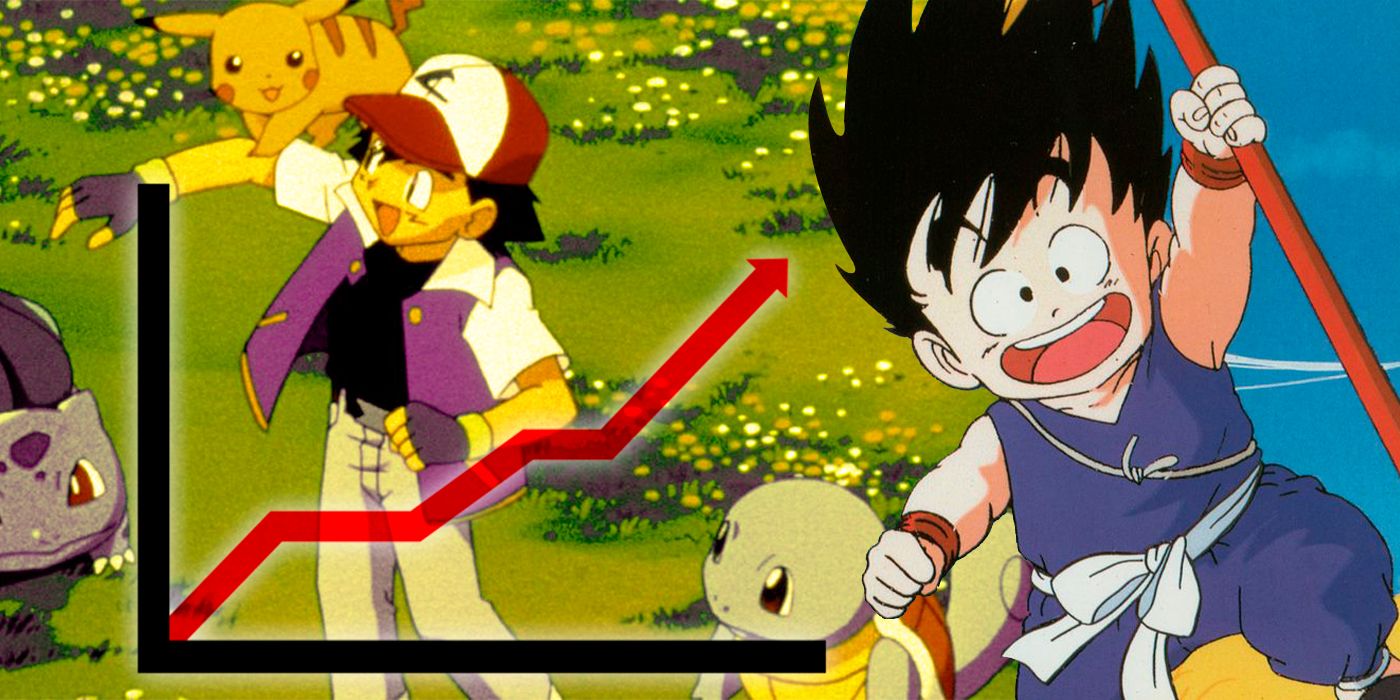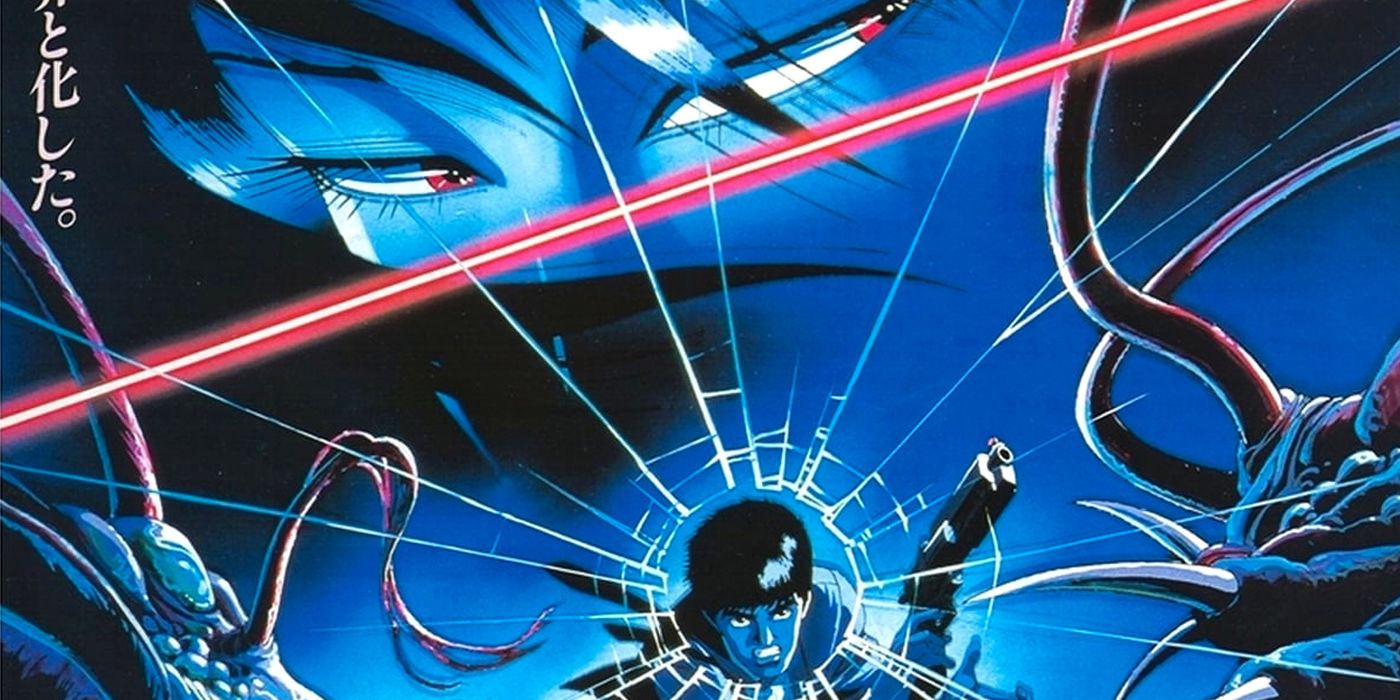The anime industry has seen a massive boom in the West in recent years, with titles such as My Hero Academia and Demon Slayer becoming some of the most popular. The rise of social media, streaming services and more easily accessible content are mostly to thank for this, as they make it easier for fans to gather and consume media.
This is a far cry from how it was in the early days of the internet, when trying to find episodes was difficult and dangerous thanks to shady, virus-riddled sites and questionable downloading services. Despite this setback, anime was still accessible through TV and stores like FYE. It wasn't like there weren't options. So why has anime become more accepted now than it used to be?
How anime is consumed plays a major part in this increased acceptance. Before the days of Crunchyroll and Netflix, anime fans had to rely on questionable sites or spend a lot of money to obtain merchandise and DVDs of their favorite series. Every once in a while, major retailers like Walmart would have anime DVDs available for reasonable prices, but for the most part, it wasn't nearly as easy to get hold of anime as it is today. There were stores that had a fairly large selection of anime like Suncoast and FYE, so it wasn't completely impossible, and eBay and Amazon had DVDs available through individual retailers. However, especially for younger fans who didn't have any money of their own, this was moot.
Fans in the 1980s and early '90s had it even harder than their 2000s counterparts. Anime distribution was in its early era, and not every series got the quality localization that's commonplace today. Even now, some still suffer from poor voice acting or translations. One of the most common ways people were introduced to anime during this time was having an unsuspecting family member find some random video of "cartoons" and buy it for them, not knowing what the content was other than containing colorful characters. Many a child was accidentally given copies of Ninja Scroll or Wicked City because the person gifting them just thought it was some child-friendly animated movie.
Eventually, anime started garnering popularity with younger generations thanks to networks starting to dip their toes into broadcasting it on TV after school. This contributed to the increase in interest, but even then, if someone liked anime, they were still seen as the "weird kid" in many circles. While not always the case, anime was often viewed as something geeky kids liked. These views would slowly begin to shift as the internet became more streamlined and social media began to rise, but it wouldn't be until the mid-2010s that anime became more widely accepted as sites such as Netflix and Hulu offered more and more titles for streaming. It also therefore became easier to watch an entire season of a show in one sitting.
Jumping into a series has now become far easier thanks to streaming. Unless someone had been watching a series since the very beginning, it was hard for new fans to begin a series being broadcast on TV. Now, someone interested in starting an anime can just look it up on whatever streaming service they use and quickly catch up on what happens in a relatively short amount of time. Smartphones have made this even easier since people can watch anime on the go. Moreover, in terms of manga, being able to pay a small fee for access to an entire library helps, as is the case with the Jump Plus app. One could argue that becoming an anime fan has never been easier than it is right now.


